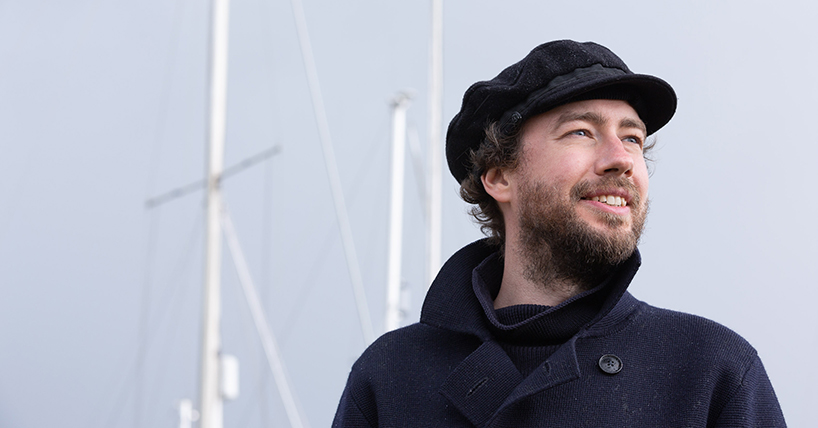Origins of The Star-Spangled Banner
Unearthing the origin story of The Star-Spangled Banner
Published on: 24 September 2024
A radical ballad by a Liverpudlian abolitionist is missing link in chain, says Newcastle University historian.
For over two centuries, Americans and others have sung “The Star-Spangled Banner” to the tune of “To Anacreon In Heav’n”, a London drinking song, without anyone really asking why. Now, historian Dr Oskar Jensen has pieced together what he believes to be the missing links.

From drinking song to song for freedom
William Roscoe, a radical abolitionist from Liverpool, wrote new words to the tune in July 1790, to celebrate the first anniversary of the fall of the Bastille. This song, “Millions Be Free”, was praised by feminist pioneer Mary Wollstonecraft, and sung at meetings that included founding father Thomas Paine among the revellers. Whereas the original drinking song was about an ancient Greek poet, this revolutionary song was about France tearing off its chains and spreading freedom across the world.
This was the version of the song, under the title “Freedom Triumphant”, that was first printed as sheet music in the United States, by another abolitionist from England, William Pirsson. This music was printed in New York, Baltimore, and Philadelphia. Pirsson went on to run the first free Black school in New York, co-funded by Alexander Hamilton. This, Dr Jensen argues, is how the song’s tune was naturally taken up by American politicians, and ultimately soundtracked Francis Scott Key’s 1814 poem “Defence of Fort McHenry” aka “The Star-Spangled Banner”.
"potent associations of freedom"
Dr Jensen is a NUAcT Fellow who is researching the history of song at Newcastle University’s International Centre for Music Studies. His previous research has been shortlisted for the £50,000 Wolfson History Prize. “Millions Be Free” is one of hundreds of protest songs featured as part of a recent project he was part of, Our Subversive Voice.
Dr Jensen says: “For years, I just accepted the fact that the US National Anthem began as an English drinking song as a quirk of history. So uncovering the story of ‘Millions Be Free’ was just one revelation after another – a series of discoveries that suddenly made perfect, logical sense of this obscure pre-history to one of the world’s most significant songs. The fact that the story involves so many key figures in the revolutionary world of the 1790s, from Thomas Paine to Mary Wollstonecraft, is not only deeply satisfying – it helps explain how the tune took on such potent associations of freedom.”
You can hear Dr Jensen sharing the full story of his findings in The Star-Spangled Banner, Jacobins and Abolitionists, an episode of BBC Radio 3’s The Essay, at 9.45pm on Wednesday 25 September and available for download.



